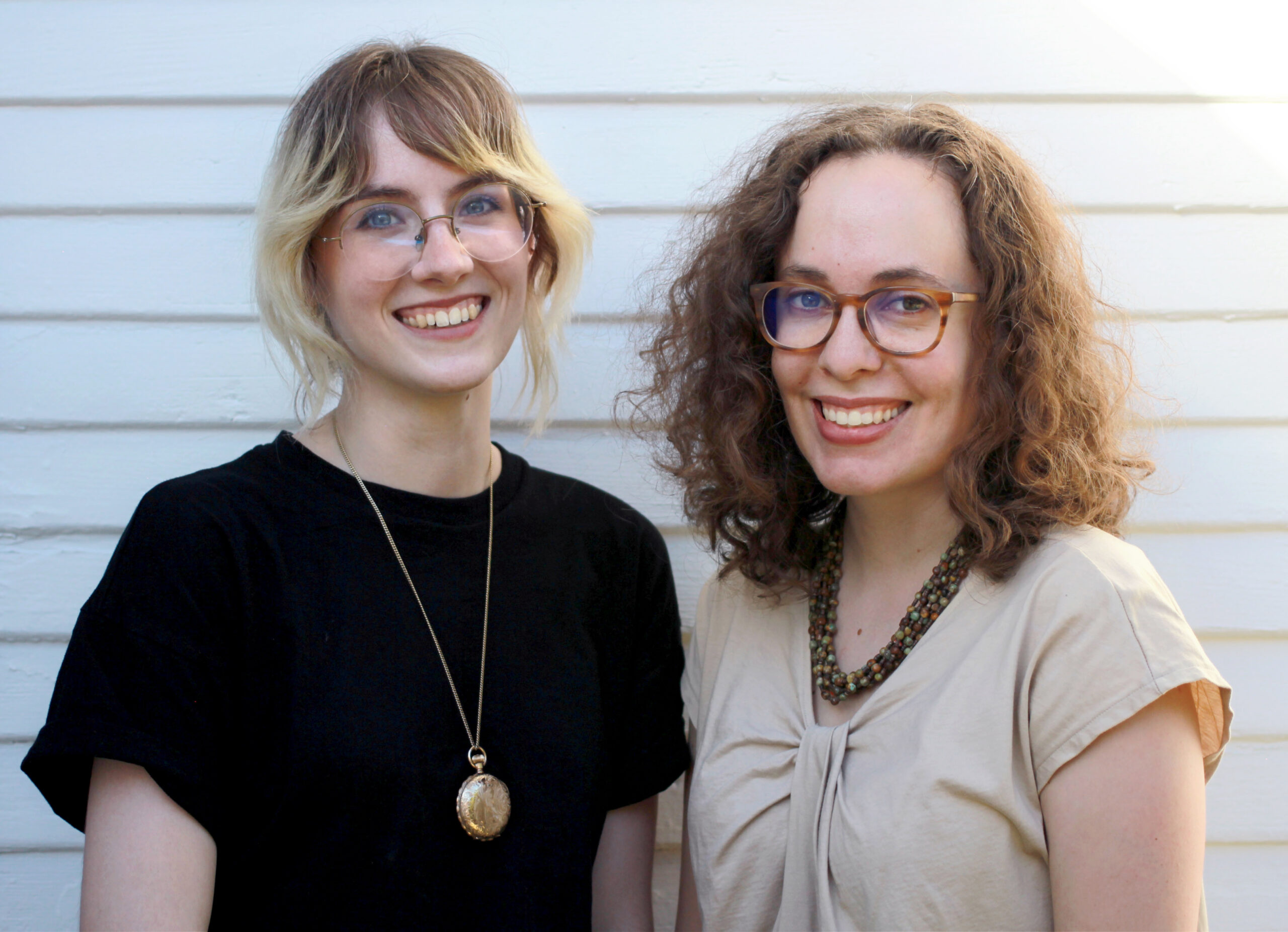
by Michele Kirichanskaya | Aug 30, 2023 | Blog
Meghan Boehman and Rachael Briner grew up together in Maryland where they attended the same elementary school and eventually became best friends. They live in Los Angeles where they work in TV animation designing and painting background art for Warner Bros Animation,...
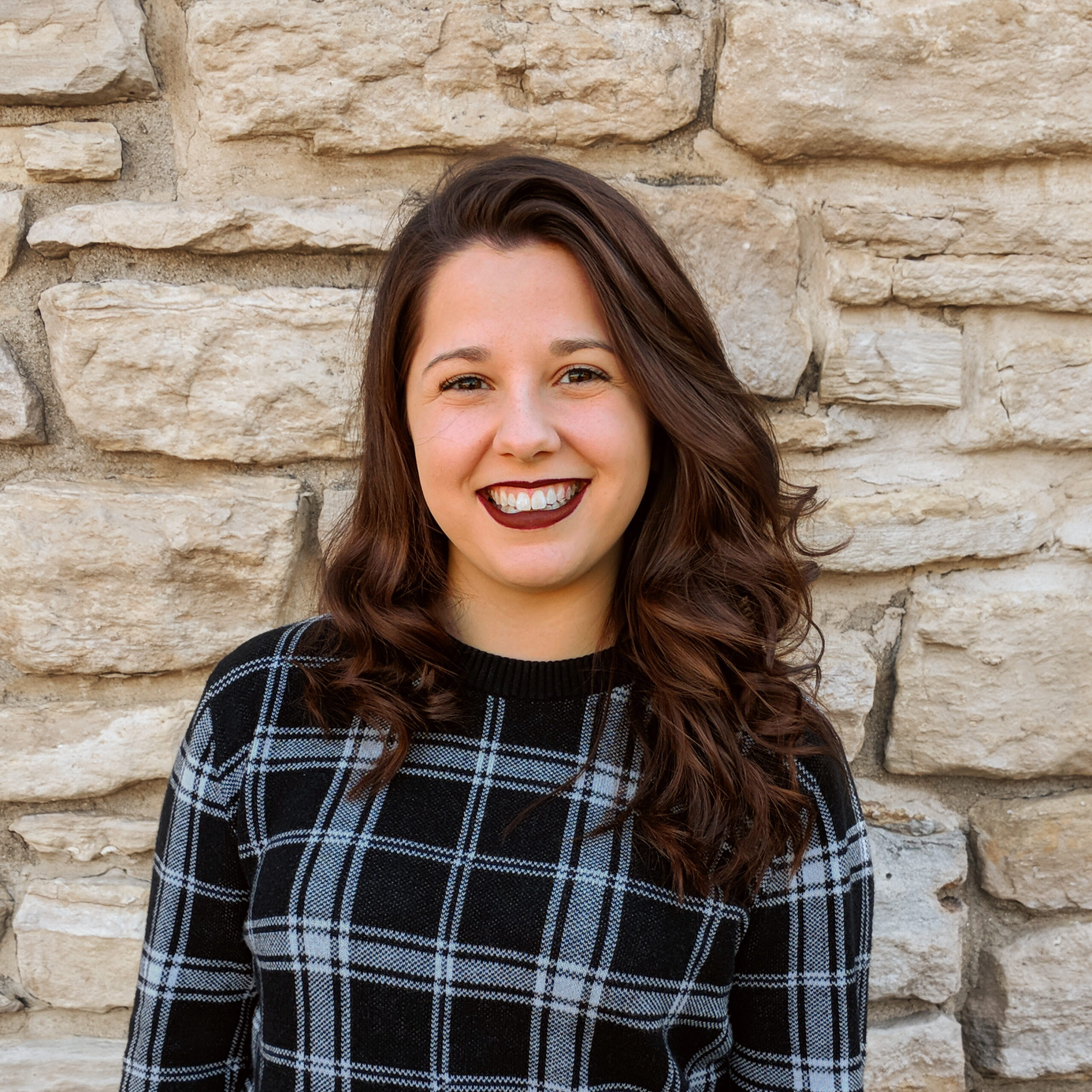
by Michele Kirichanskaya | Aug 25, 2023 | Blog
Anna Sortino is a young adult author who writes stories about disabled characters living their lives and falling in love. She’s Deaf and passionate about diverse representation in media. Born and raised in the Chicagoland area, Anna has since lived in different...
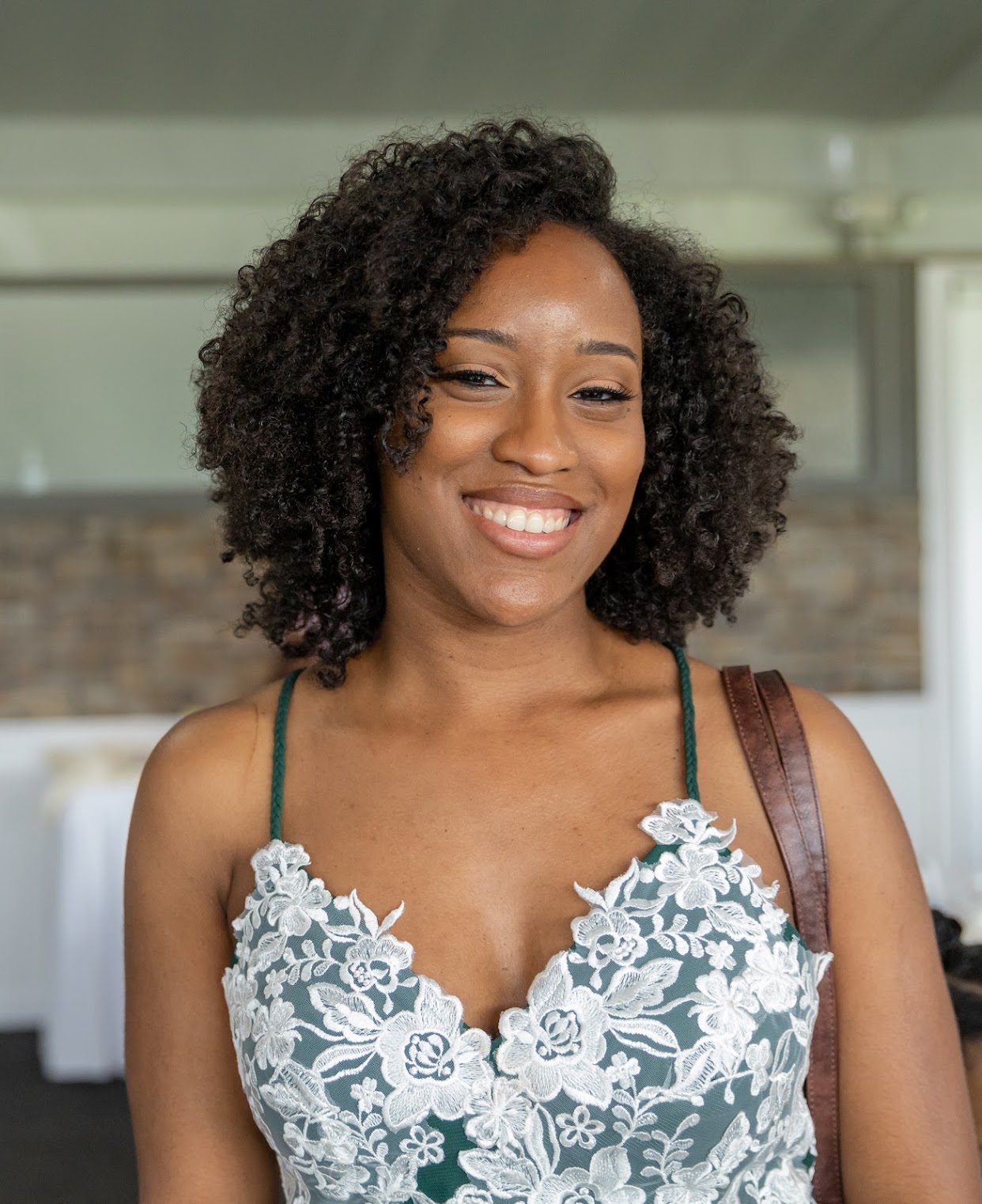
by Michele Kirichanskaya | Aug 23, 2023 | Blog
Ciera Burch is a lifelong writer and ice cream aficionado. She has a BA from American University and an MFA from Emerson College. Her fiction has appeared in The American Literary Magazine, Underground, the art and literary journal of Georgia State University, Stork,...
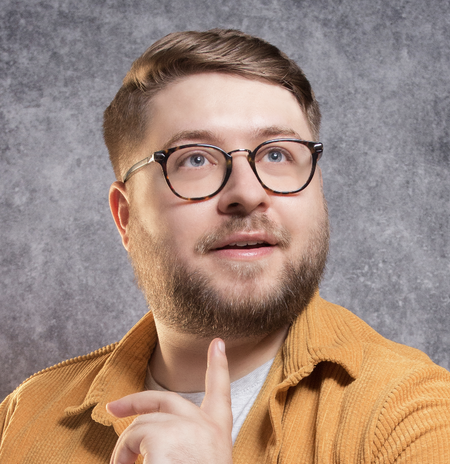
by Michele Kirichanskaya | Aug 18, 2023 | Blog
Hamish Steele (he/they) is a freelance animation director and illustrator who grew up surrounded by legends, myths, and folktales. Since graduating from Kingston University in 2013, Hamish has worked for the BBC, Cartoon Network, Disney, Nickelodeon, among others. He...
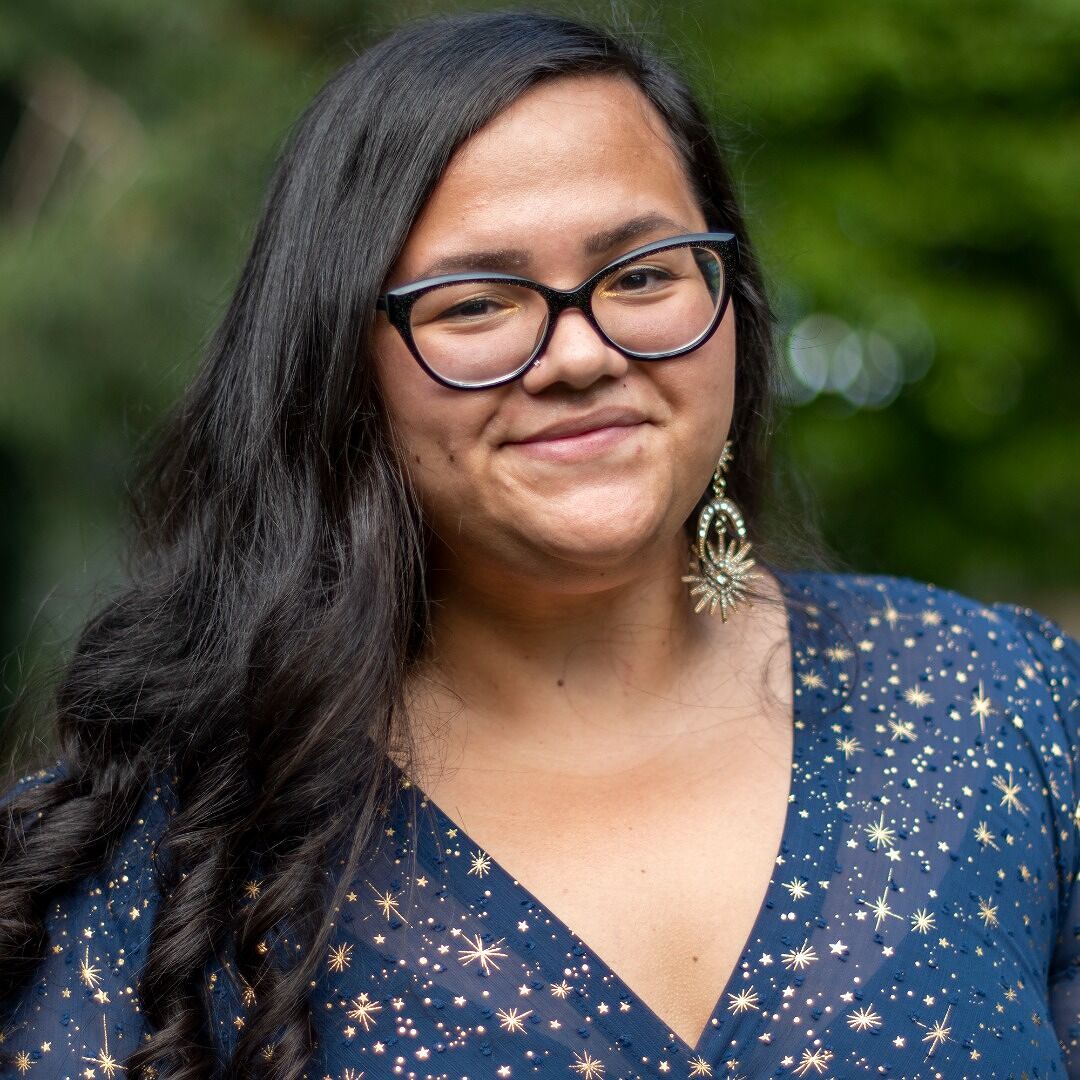
by Michele Kirichanskaya | Aug 17, 2023 | Blog
Crystal Maldonado is a young adult author with a lot of feelings. She is the author of romcoms for fat, brown girls, including The Fall of Whit Rivera, which will be released Oct. 10, 2023; Fat Chance, Charlie Vega, which was a New England Book Award winner, a...






